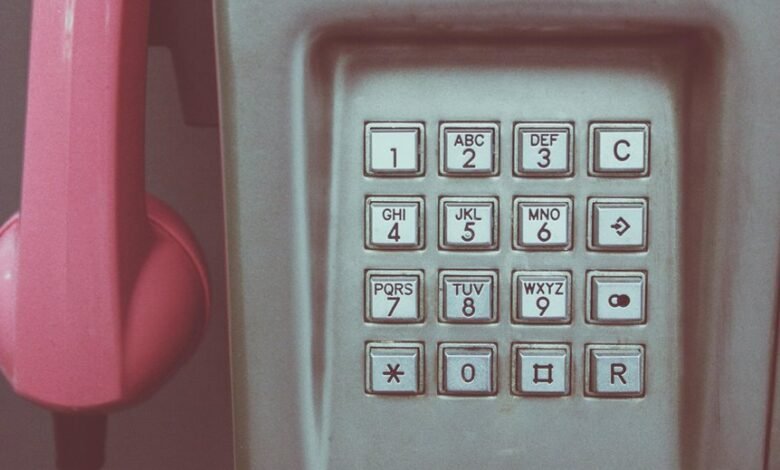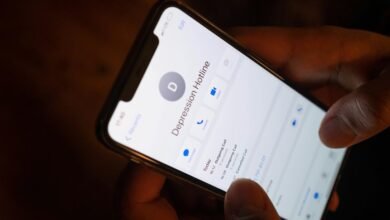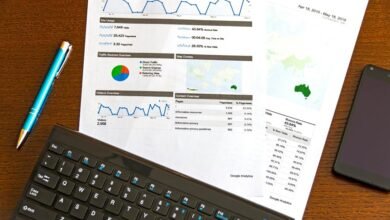Who Called You From 2814072831, 2814076944, 2814077766, 2814084487, 2815028915, and 2815035704? Find Out Everything About Any Phone Number

Calls from numbers such as 2814072831, 2814076944, 2814077766, 2814084487, 2815028915, and 2815035704 may raise concerns. Understanding the area code and the format of these numbers can provide context. Moreover, being aware of common scams associated with such calls is crucial. Utilizing caller identification tools can reveal the identity and intent behind these numbers, prompting further investigation into their legitimacy. What insights could emerge from these discoveries?
Understanding the Area Code and Number Format
The area code serves as a critical component in the structure of a phone number, providing essential information about the geographic origin of the call.
Understanding area code significance enhances one’s ability to interpret calls effectively.
Proper number formatting, which includes the area code alongside the local number, is crucial for ensuring accurate communication and facilitating freedom in connectivity across diverse regions.
Common Scams Associated With These Numbers
While many phone numbers may appear legitimate, numerous scams originate from both familiar and obscure area codes, exploiting the unsuspecting.
Common scam tactics include caller impersonation, where fraudsters pose as government officials or service providers to extract personal information.
These deceptive practices thrive on trust, manipulating individuals into compliance.
Awareness of these tactics is essential for safeguarding personal data against such malicious endeavors.
Tools for Identifying Unknown Callers
Scams often exploit the anonymity of phone calls, highlighting the need for effective tools to identify unknown callers.
Caller ID systems provide basic identification, yet reverse lookup services enhance this by revealing caller information linked to a number.
Utilizing these tools empowers individuals to discern legitimate calls from potential scams, thus fostering a sense of security and freedom in communication choices.
Conclusion
In a world where technology connects us, it ironically also opens the floodgates to potential deception. While the numbers 2814072831, 2814076944, 2814077766, 2814084487, 2815028915, and 2815035704 may seem innocuous, they serve as a reminder of the lurking threats behind the guise of communication. By employing caller identification tools and staying informed, individuals can navigate this paradox, ensuring that their curiosity about an unknown caller does not lead to an unintended consequence.





